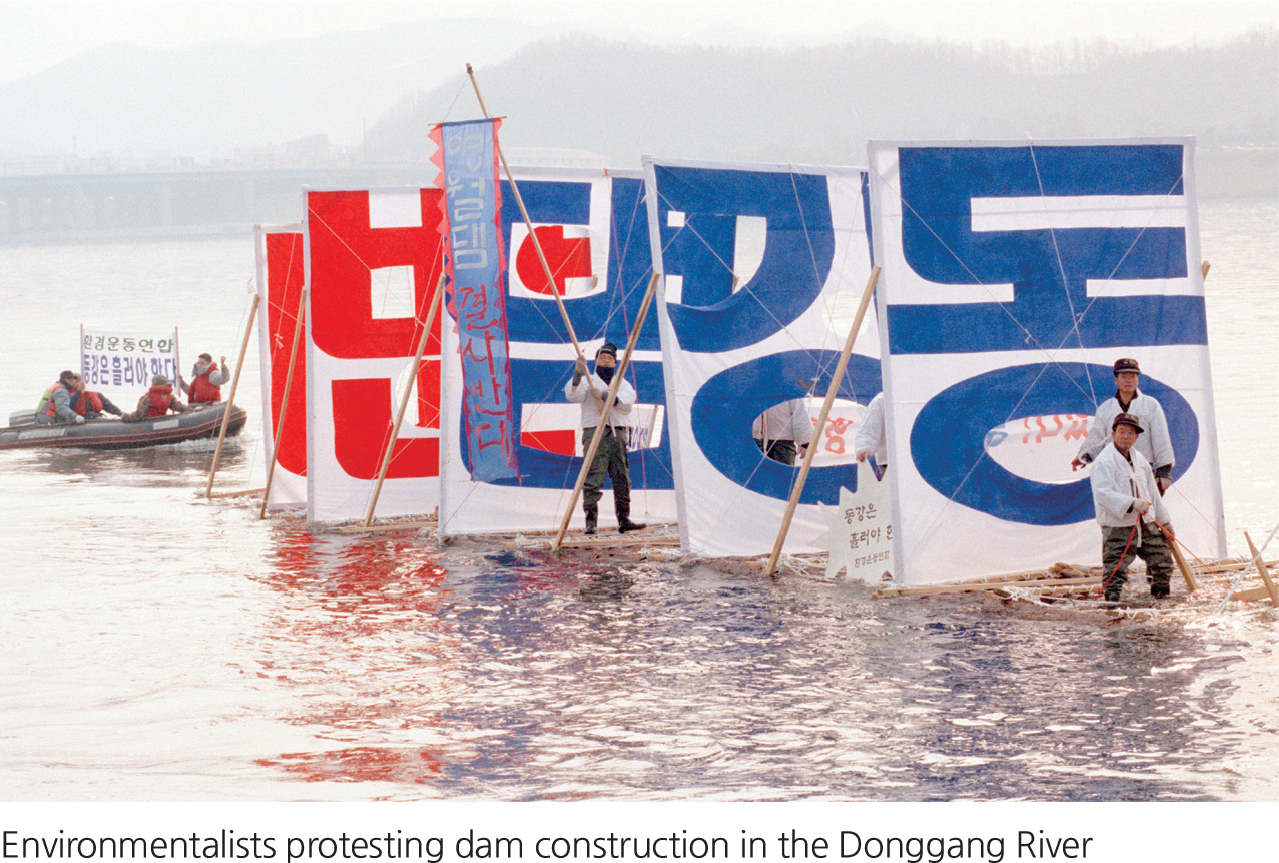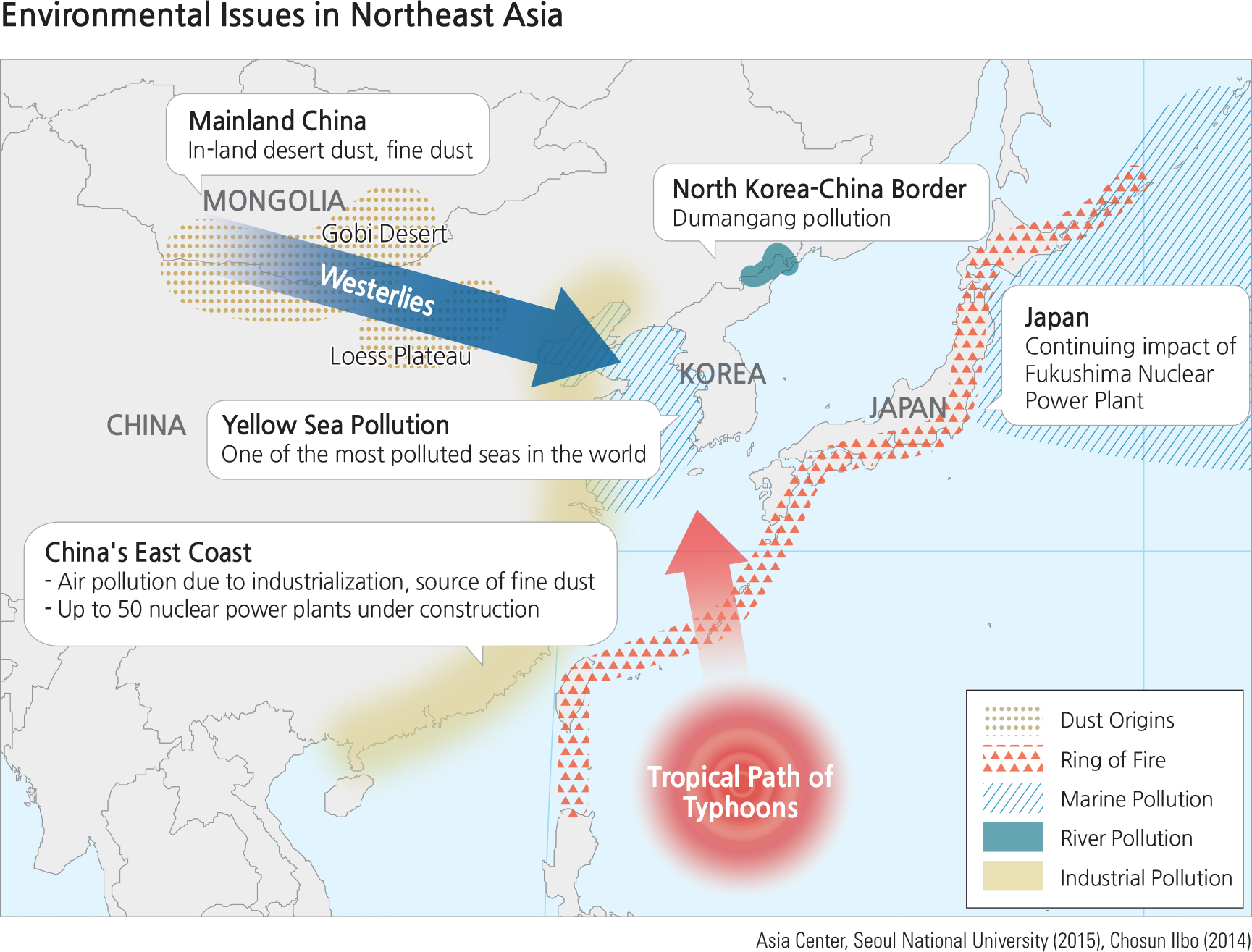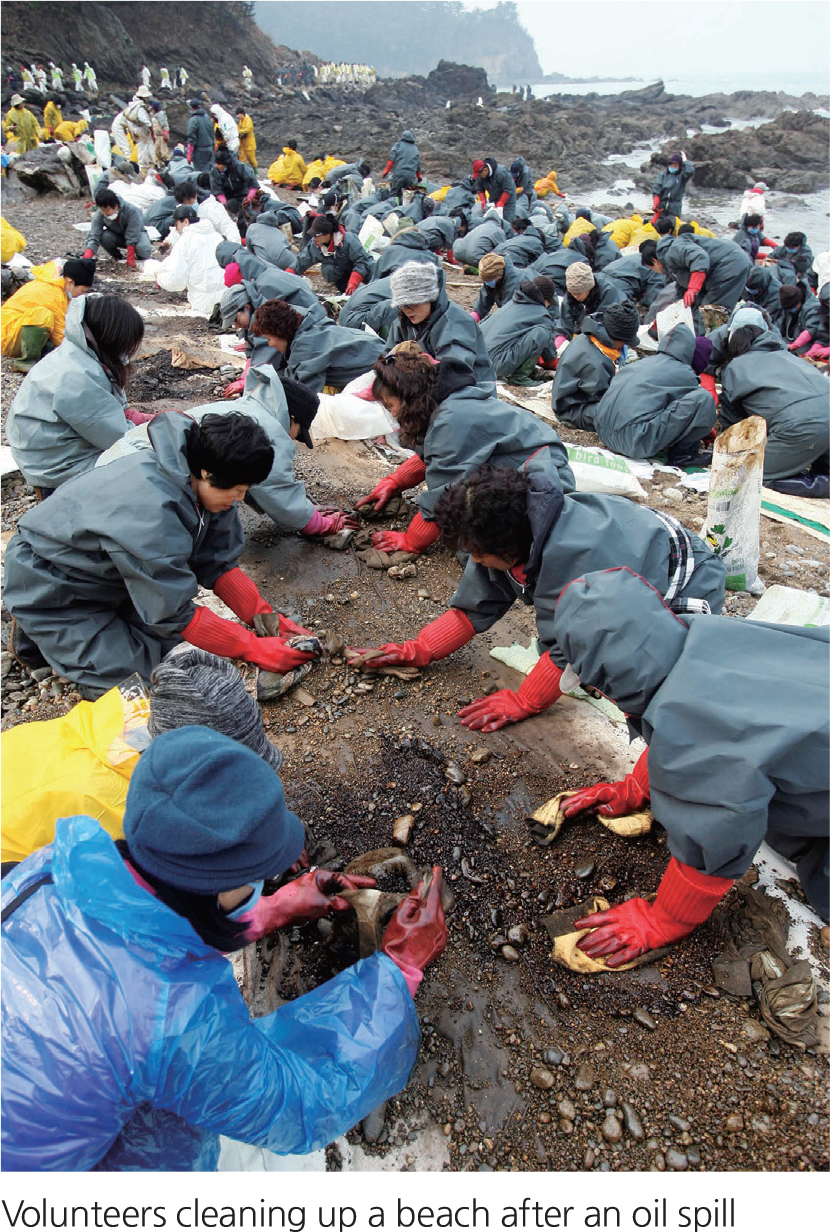for Children
Korea currently faces many environmental challenges. Some problems, such as pollution, are caused by human activities while other problems, such as earthquakes, occur naturally. Many environmental issues are complex, involving both human and natural factors. And the problems occur over many different scales: local, regional, and global. The study of Geography offers a useful way to understand these problems. Geographers examine where things are located across the landscape—heir spatial distribution—using maps, air photos, or satellite imagery. And geographers study many different factors, such as human activities, ecology, or weather patterns for example, and how these factors interact.
Korean scientists actively monitor various natural and human systems nationwide. The collected data are used to assess the health of plant and animal communities and to identify areas that most need protection, as shown in the map here. In Grade 1 areas, construction and development are heavily restricted in order to preserve the natural environment. In Grade 2 areas, development is allowed, but with some measures in place to limit environmental impacts. In Grade 3 areas, development and other activities are permitted with fewer regulations. The final category of ‘pecial Management Areas’are under the highest degree of protection and include parks, wildlife conservation areas, and nature preserves. Maps of land protection categories such as the one shown here, are used to support planning work by government and community leaders, developers, consultants, and environmental scientists.
|



